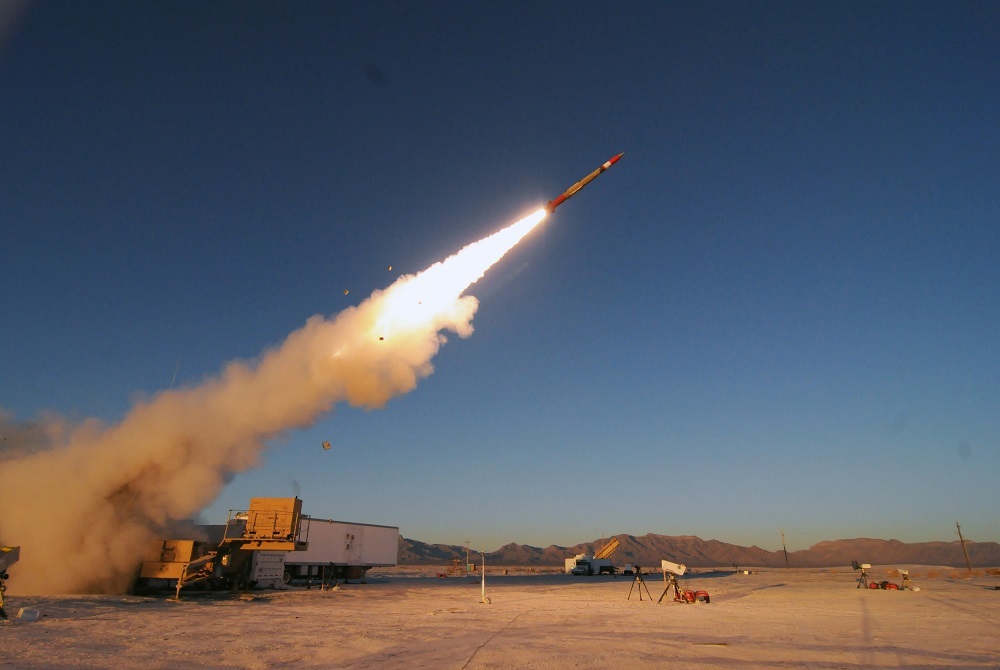Lockheed Martin Corporation issued the following announcement on July 26.
A Lockheed Martin (NYSE: LMT) PAC-3 Missile Segment Enhancement (MSE) interceptor successfully intercepted an Air-Breathing Threat (ABT) in a test at White Sands Missile Range, New Mexico.
The test marked the furthest distance a PAC-3 MSE missile has intercepted an ABT, which represents fixed-wing aircraft or cruise missiles.
The U.S. Army-led missile defense flight test demonstrated the unique Hit-to-Kill capability of the PAC-3 family of missiles, which defends against threats through body-to-body contact. The test also reconfirmed PAC-3 MSE's ability to detect, track and intercept incoming ABTs or missiles. The test was observed by representatives from the U.S. Army and a current Foreign Military Sales PAC-3 MSE customer.
"PAC-3 MSE continues to be successful against today's evolving threats, and this most recent test validates its effectiveness at extreme distances," said Jay Pitman, vice president of PAC-3 programs at Lockheed Martin Missiles and Fire Control. "Today's global security environment demands reliable solutions. We expect PAC-3 Hit-to-Kill interceptors to continue serving as an essential element in integrated, layered defense systems."
The PAC-3 CRI and MSE are high-velocity interceptors that defend against incoming threats, including tactical ballistic missiles, cruise missiles and aircraft. Twelve nations have procured the PAC-3 missile defense interceptor: the U.S., Germany, Kuwait, Japan, Qatar, Republic of Korea, Kingdom of Saudi Arabia, Taiwan, Romania, Poland, the Netherlands and the United Arab Emirates.
A world leader in systems integration and development of air and missile defense systems and technologies, Lockheed Martin's experience spans missile design and production, infrared seekers, command and control/battle management, as well as communications, precision pointing and tracking optics, radar and signal processing, and threat-representative targets for missile defense tests.
Original source can be found here.


 Alerts Sign-up
Alerts Sign-up